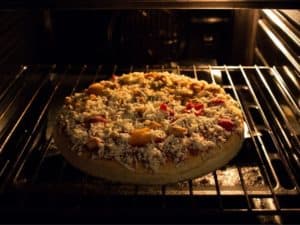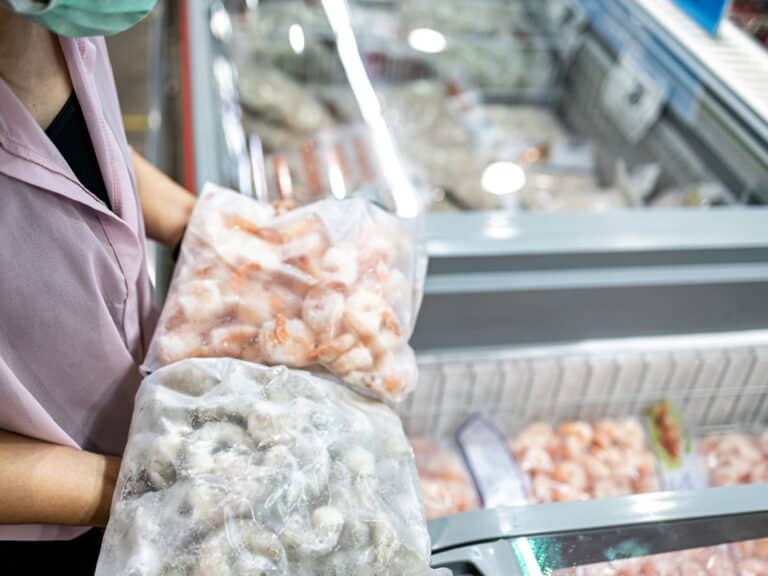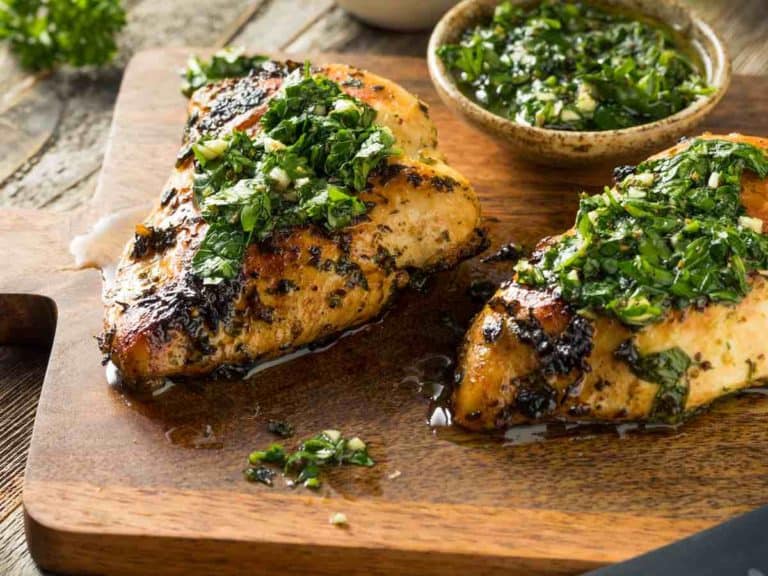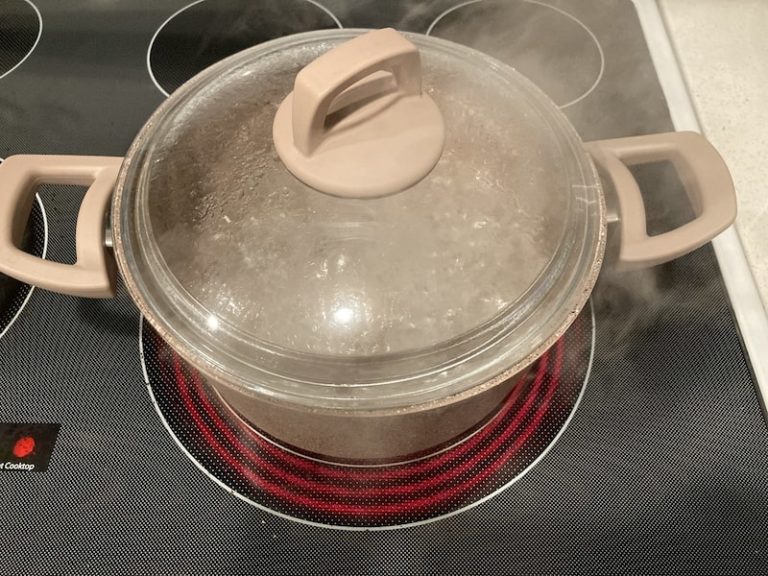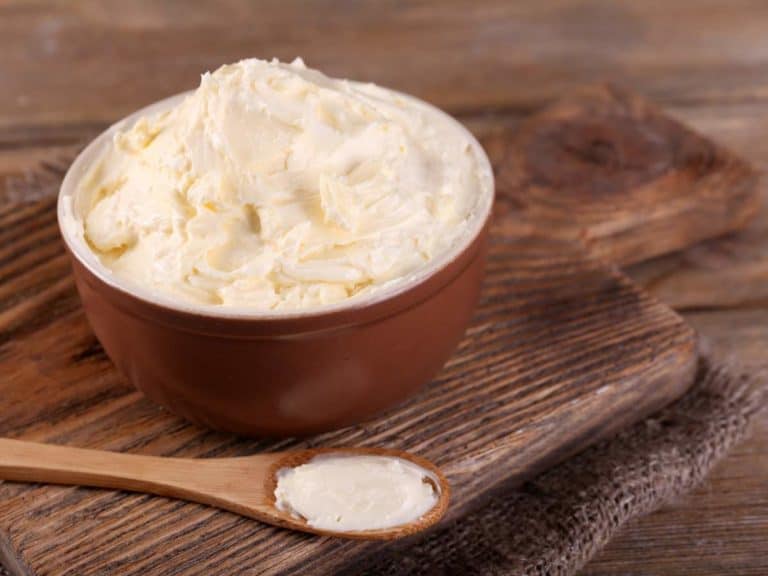Why Your Gas Grill is not Getting Hot Enough and What To Do
Nothing beats a cookout with friends and family. You have good weather, good people, and good food. You make plans for one. You prepare your gas grill, but there’s a problem. It’s not heating up. Don’t panic. Here you’ll learn why your gas grill is not getting hot enough. You’ll also learn what to do about it.
There are three main reasons your grill isn’t hot enough and the first one includes a leaking gas tank. It can also be a technical issue like a faulty regulatory or a tripped overhead pressure device. It can also be a maintenance issue, like a dirty grill burner.
There are other reasons why your gas grill isn’t hot enough. There are ways to find out which reason is your problem and how to fix it. Keep reading below to find out how.

Regulator Problems
The regulator can have different problems. Below are common issues and their solutions
Sticky Or Clogged Regulator
When the regulator becomes sticky, it limits the amount of gas going into your burners. The result is a low flame and hence, a low temperature. To fix a sticky regulator, you have to reset it. Resetting the regulator will release the pressure on the regulator.
Some people call this method as “burping” your gas tank.
To reset your regulator, turn your burners and gas tank off. Disconnect the gas hose from the tank and open the lid of the burner. Turn the burner knobs to the highest that they go. Keep them there for 2 minutes.
During this time, check the burners if any vapor is escaping. If there is, then the method is working, but be careful not to inhale the gas. Also include the side burner too. Afterwards, turn off all the burners again. Reconnect the hose to the tank and slowly turn on the gas. Then light the grill as you usually would.
If “burping” your gas tank doesn’t fix your low flame problem, then the regulatory itself may be broken. You may have to replace it altogether.
Leaking Regulator
You can spot leaks on your regulator by applying some soapy water to it. Any leaks will create bubbles in the soapy water. Add enough soap or detergent to a cup of water. You don’t need to use much soap or detergent. Just use enough to make the water bubbly. A teaspoon should be okay.
Close the bypass valve on your tank and turn off all your burners.
Make sure the hose is properly connected to the tank and open the tank. Pour some of the soapy water on the regulator. The regulator doesn’t have to be drenched. Just put enough so that a thin layer of soapy water covers the regulator. Then gently open the gas.
Observe if bubbles form. If there are, your regulator has a leak. Either fix it or get a new one.
Frozen Regulator
Your regulator freezing can happen in the winter. But it can also happen if it’s just very humid. The humidity may be high enough that water vapor condenses and freezes on the regulator. The vapors passing through the regulator are cold. Hence, moisture naturally condenses on it.
Regulators can still work properly even with frost on them. But sometimes the frost causes problems, so you still want to avoid it.
There are two easy ways to prevent frost from building up on your regulator. One is to keep the tank upright. To know why keeping the tank upright can prevent freezing, you need to know how a propane tank works.
The propane in the tank is liquid. When you use the tank, the propane boils off, turning into vapor or gas. But you should also know that propane boils at -42.3°F (-42°C). So the propane gas is still very cold.
Since the gas is less dense than liquid, it prefers to go to the top of the tank. The propane that is still liquid is at the bottom. Hence, the propane gas exits the tank by going up, where it passes through the valve and into the regulator.
The regulator then reduces the gas pressure to a usable amount. The laws of physics say that when you reduce the pressure of a gas, the temperature also goes down.
Hence, the gas becomes colder.
That is why when you touch the regulator of a propane tank that is being used, you’ll find that it’s cold. Hence, under normal operation in warm and humid climates, you can find frost build up on the regulator.
If propane gas is below -32°F, then it is liquid at a much colder temperature. You don’t want liquid propane to enter the regulator because it can start abrupt freezing. Liquid propane can enter the regulator if the tank is tilted or worse, on its side. Hence, keep the tank upright.
Another way to keep liquid propane from entering the regulator is to make sure the tank isn’t overfilled. Propane tanks with an overfilling prevention device or OPD does what its name says. The OPD also keeps liquid propane in an overfilled tank from entering the regulator. But overfilled tanks without an OPD are at risk.
Tripped OPD
The OPD is built within the valve of your propane tank. It is required by law in propane cylinders that weigh up to 60 pounds. Hence, your small propane tank at home likely has an OPD in its valve. You can tell by the triangular valve with the acronym “OPD” embossed on the surface.
When an OPD trips, you don’t have to worry about leaks. Instead, a typical effect of a tripped OPD is insufficient gas flowing into your burners. Hence, a tripped OPD may be a reason your grill isn’t getting hot enough. If so, you’ll need to reset the OPD.
To reset your OPD, begin by turning off your burners and tank. Then turn on only one burner for about 5 or 10 minutes. Turn it off again afterwards. Disconnect and reconnect the hose to your tank. Then slowly turn on your tank. This should reset your OPD and give you better flames if it was the issue.
Orange or Yellow Flame
The flame on your gas grill should be blue. The tips can be slightly yellow. Orange or yellow flames are a sign of an issue. One reason is a stuck regulator, which was already discussed above. Another reason for orange or yellow flames is an uneven mixture of propane gas and air.
Before we go further, we need to quickly go through some chemistry. Propane is an organic compound called a hydrocarbon. Hydrocarbons are made of only carbon and hydrogen atoms, hence the name. When you have complete combustion of hydrocarbons, you get a blue flame. Blue is among the hottest flame colors.
For combustion to happen, you need enough oxygen (from air). If you don’t have enough oxygen, then you get incomplete combustion. Incomplete combustion produces orange or yellow flames. Orange and yellow flames are cooler than blue flame.
Incomplete combustion is bad for many reasons. One, it’s a waste of propane gas. But more importantly, it poses a hazard. Complete combustion of a hydrocarbon like propane produces pure water and carbon dioxide.
No harm there. But incomplete combustion produces carbon monoxide. And if you also recall some biology, you’ll remember that carbon monoxide is toxic.
So when you have orange or yellow flames, then there isn’t enough air for complete combustion. Below are possible reasons.
Improper Burner Air Intake
If this is the issue, readjusting the burner air intake should fix it. To do that, you may have to go under or inside your grill. The adjustment shutter is where the burner connects to the grill manifold.
If you don’t know where it is, check the manual or contact the customer service of your grill manufacturer. However, many grill burners have an air adjustment carburetor under them. You can check there.
Before you adjust, turn off your grill. When you find the adjustment shutter, loosen the set screw on it. This screw holds the shutter in place. Afterwards, rotate the shutter open or close.
To check your flame quality, tighten the screw and light your grill. If the flame isn’t blue yet, repeat the process. You may be unfamiliar with adjusting your grill’s are intake. If so, this process will take trial and error.
The flame should be blue with a slight yellow tip. The height should be about 1 inch. The bottom of the flame should touch the burner. If the flame looks like it’s floating above the burner, then there’s too much air.
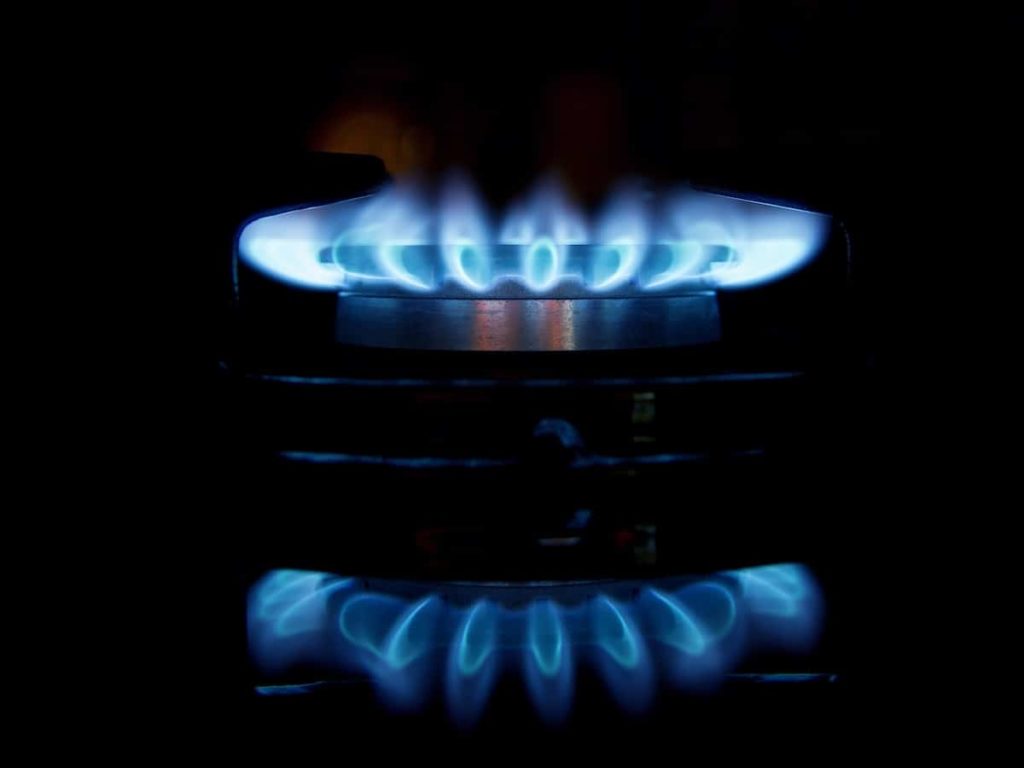
Dirty Burners
If adjusting the air intake doesn’t fix the flame color, then you may have dirty burners. Debris inside the burners can block the burner ports. The gas is then forced to exit unblocked holes. The result is excess gas pressure that leads to a yellow flame.
You can begin by gently brushing the outside of the burners to remove any external debris.
Afterwards, you clean the insides, so you will need to do some disassembling. How you go about the disassembly and cleaning will depend on your grill. Hence, check the manual or call the customer service of your grill manufacturer.
You can usually clean the burner using a thin wire or pipe cleaner. If you will use water, make sure to completely dry the burners before reassembling them. Regardless of the disassembly method, remember to be gentle.
Misaligned or Damaged Control Valve or Manifold
The burners, control valve, or manifold may be misaligned. As a result, gas can’t flow through properly. It can also cause gas leaks. Misalignment can happen if the grill receives a large force. For example, it may have been knocked over.
To check the alignment, you will need to get inside your grill. Again, consult the manual or call the customer service of your grill manufacturer. Normally it involves removing the control panel to access the manifold.
Check if everything is aligned.
If you suspect any misalignment in any or all the parts, be sure the gas is turned off before you fix anything. While you’re in there, check if there are dirty or damaged parts. Remove dirty parts and clean them. Replace damaged parts. Don’t use your grill until the damaged parts have been replaced.
When you reassemble your grill, check for leaks using soapy water.
Yellow/Orange Flame In One Burner
One reason for this situation is a faulty regulator, which you can or may have read above. Another reason is a dirty or damaged control valve or manifold. Just as you read in the section above, clean dirty parts and replace damaged parts.
Low Flow From “Confused” Regulator
There may be nothing wrong with your gas grill. The low flame and temperature may be due to a safety feature built into your propane regulator. The regulator “thinks” that there’s a leak. So to prevent any accidental ignition, the regulator will lower the amount of propane flowing to your grill. These regulators are called safety or excess flow regulators.
Low flow from a confused regulator can happen in the following situations:
- You open the valve too quickly
- The burners are already on when you open the tank
- You close the tank before turning the burners off
- You left the control knobs on the last time you grilled
Whichever the reason may be, you can fix it be resetting your regulator. Below are the steps.
Turn off your burners and tank. Disconnect the regulator from the tank. You don’t need to disconnect the regulator from the hose though.
You will hear some propane in the hose flow out. Wait for about a minute until all the gas has left. Then reattach the regulator onto the tank. Slowly open the tank so you avoid Situation A above. When the tank is fully open, turn on your burners.
To avoid this issue again, remember the four situations that can start it.
Your Grill Won’t Ignite At All
This is the worst-case scenario, where you get no flame at all. If everything about your grill is fine, then the only explanation is your propane tank is empty. To easily check if your tank is empty, try lifting it. If it feels extra light, then it’s definitely empty.
But what if you have a new and full tank? Some gas grill igniters are powered by batteries. If yours is like that, try replacing the batteries. If your gas grill has a push-button igniter, then you may have a faulty button. There may also be faulty wiring.
Your grill might also have independent igniters. If so, some burners might ignite while others don’t. The burners that don’t ignite might have a clogged igniter. To fix clogged igniters, you need to expose the burners.
Find the affected igniter and push the button. There should be a small spark. You should also hear a clicking sound. If your ignition is electric, then you should hear several clicks. If the igniter is clogged, you can clean it with a small, long tool, like a cotton bud. Be gentle as you clean the igniter.
If nothing is clogging any or all the igniters, then the problem may be in the wiring.
If the next time you try to fire up your gas grill and you get low flames, try any of these solutions. It might just save your cookout.
Read Also: Best Way To Cook Frozen Burgers
